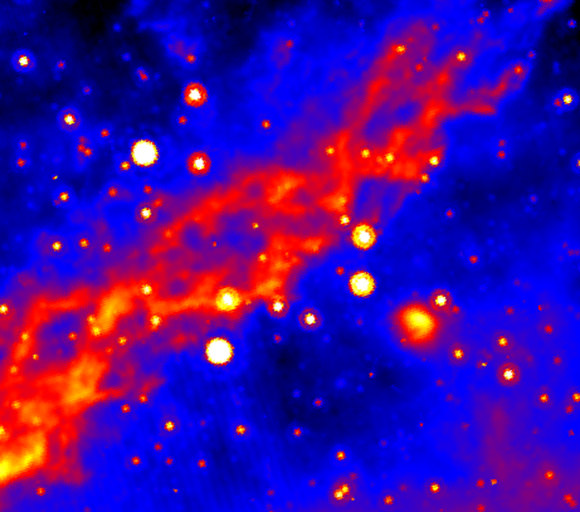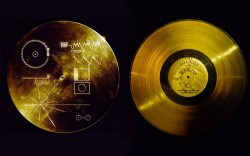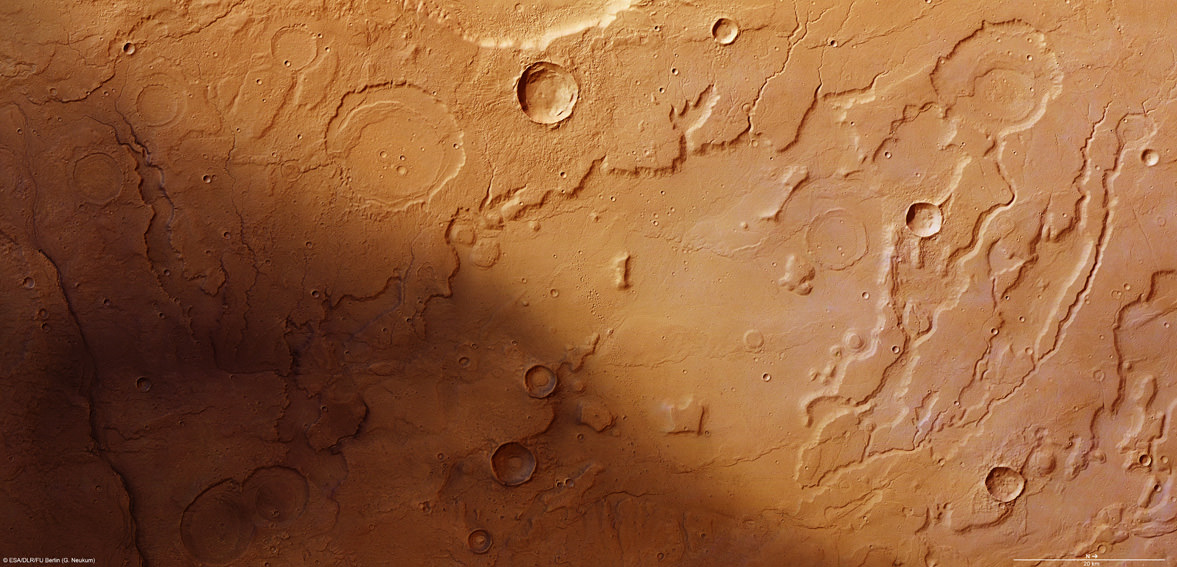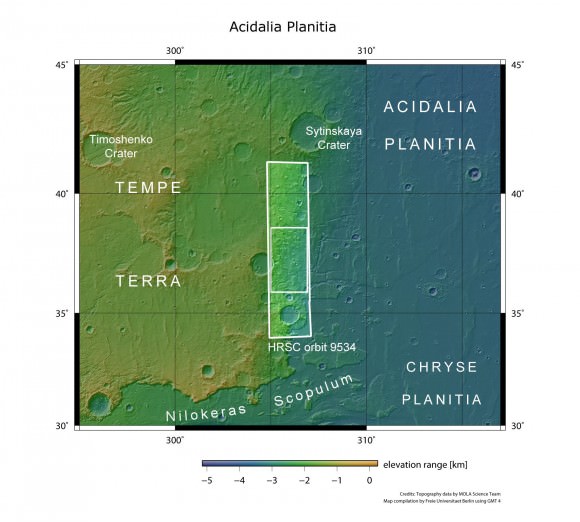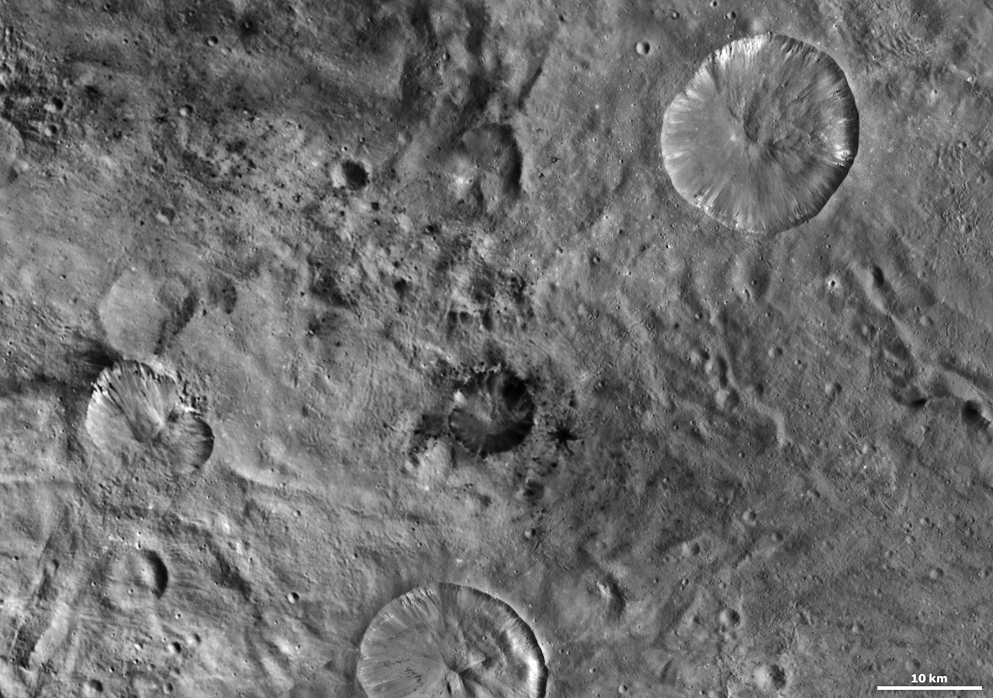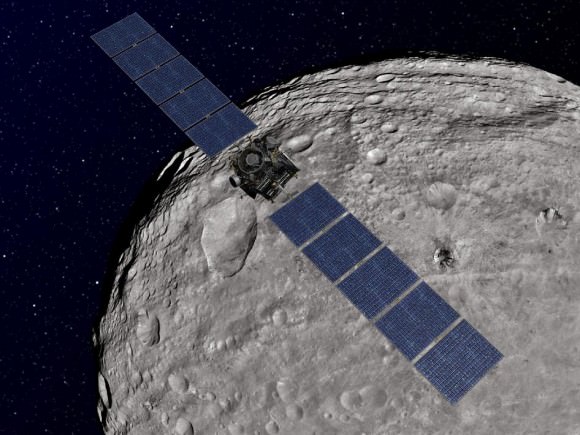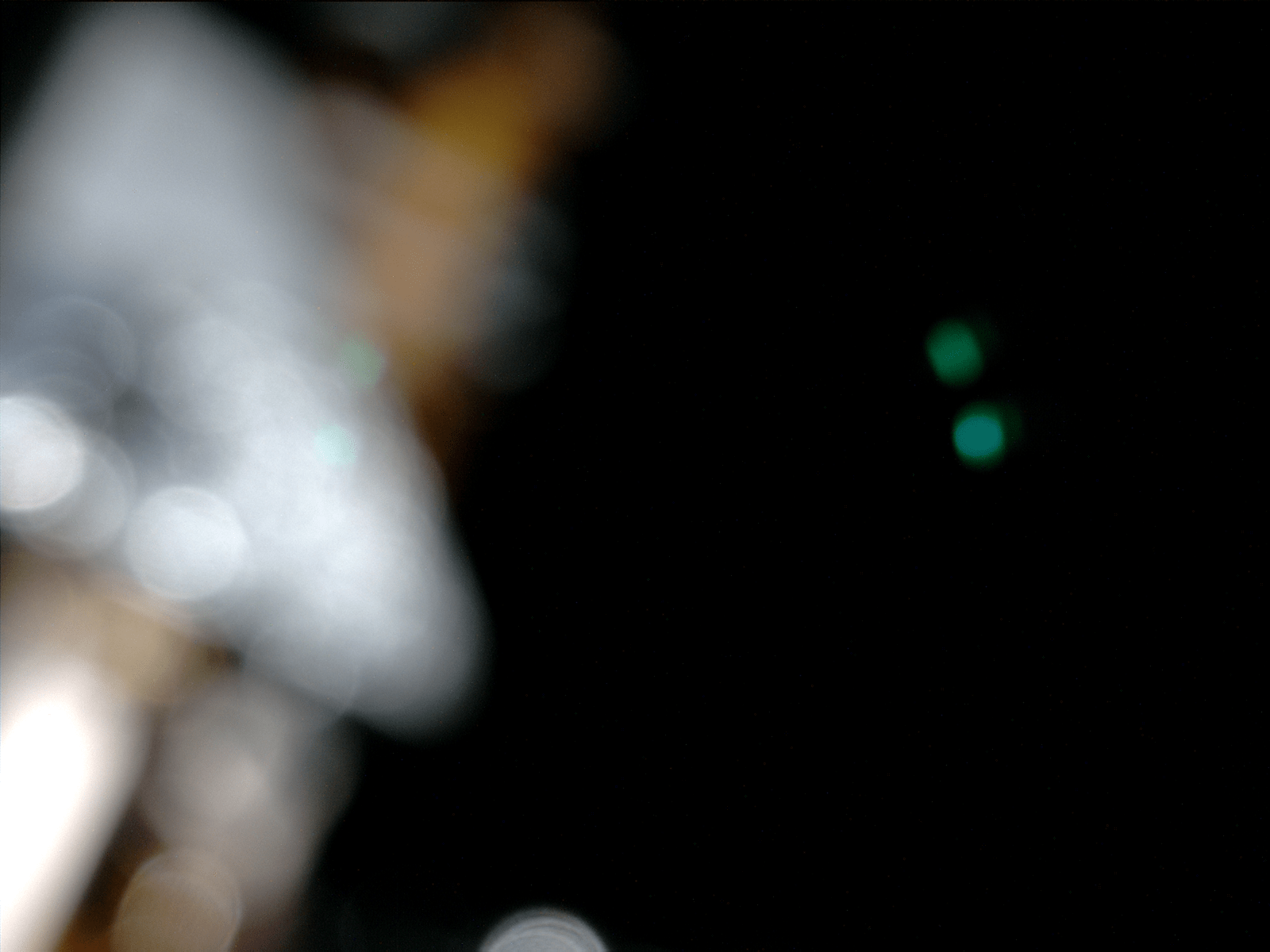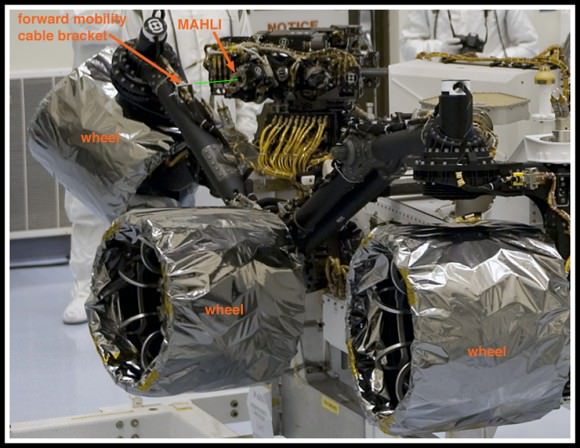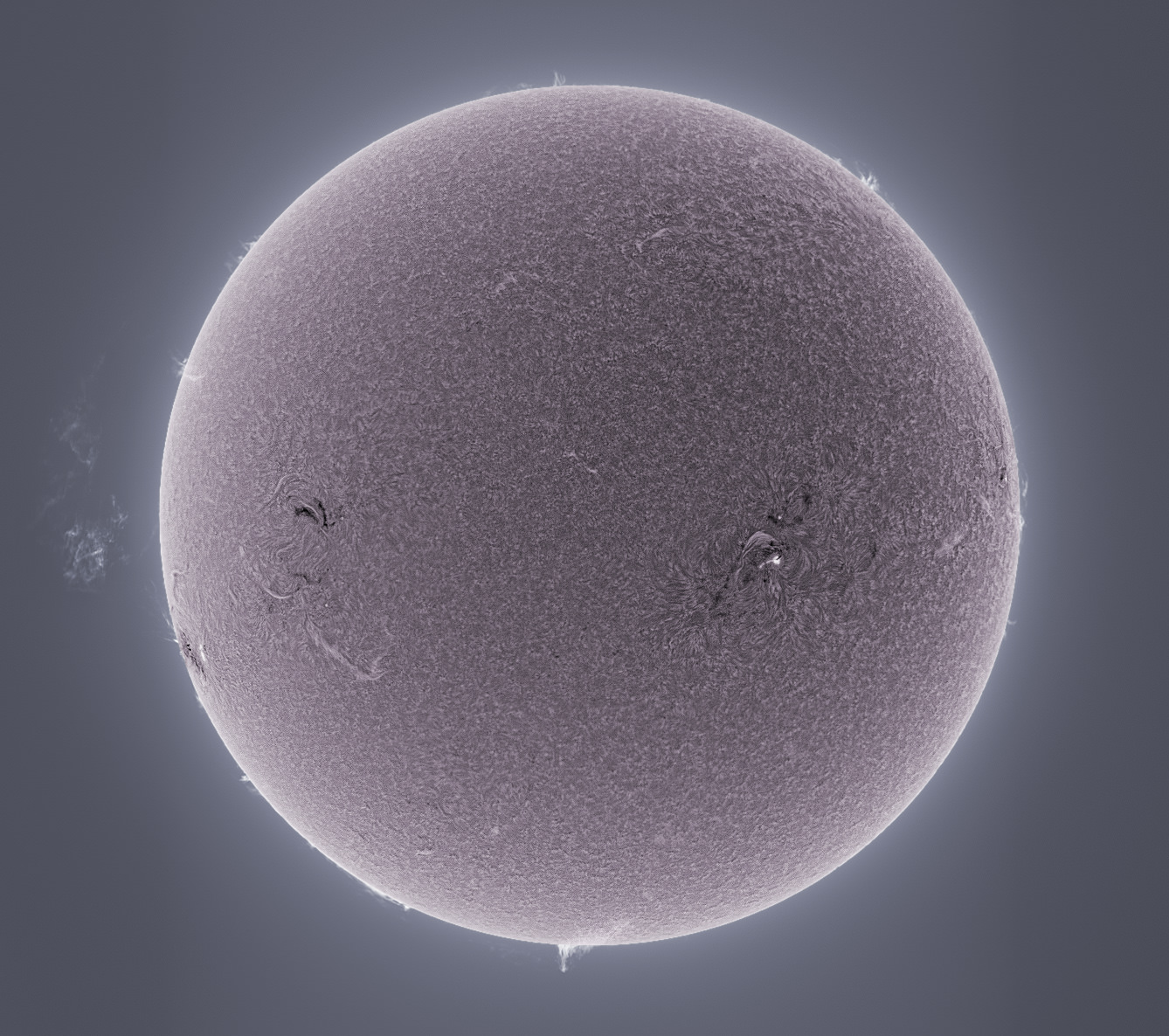[/caption]
Free-floating “rogue” planets may occasionally dip into the inner Solar System, picking up dust containing organic compounds — a.k.a. the ingredients for life — and carry it back out into the galaxy, according to new research by Professor Chandra Wickramasinghe, Director of the University of Buckingham Centre for Astrobiology in the UK.
Rogue planets are thus called because they are not in orbit around a star. Either forcibly ejected from a solar system or having formed very early on in the Universe — even within a few million years after the Big Bang, the team proposes — these vagrant worlds may vastly outnumber stars. In fact, it’s been suggested there are as much as 100,000 times more rogue planets than stars in our Milky Way galaxy alone!
Read: Rogue Planets Can Find Homes Around Other Stars
Professor Wickramasinghe — a proponent of the panspermia hypothesis whereby the ingredients for life can be transported throughout the galaxy on dust, comets, and perhaps even planets — and his team have suggested in a paper published in the journal Astrophysics and Space Science that Earth-sized rogue planets could pass through the inner Solar System, possibly as often as once every 25 million years on average. Like a cosmic drive-thru these planets could gather zodiacal dust from the plane of the Solar System during their pass, thus picking up organic compounds along the way.
The planets would then take the material gathered from one solar system and possibly bring it into another, serving as a type of interstellar cross-pollinator.
Wickramasinghe’s team propose that, by this process, there could be more life-bearing, Earth-sized planets existing between the stars than orbiting around them — a lot more. Based on their estimates there may be as much as a few hundred thousand billion such worlds in our galaxy… that’s several thousand for every star.
It will be interesting to see how this idea is received, but it definitely is an intriguing concept. As we hunt for the “Holy Grail” of life-friendly exoplanets around other stars, they may be drifting through the darkness in number, hiding in the spaces between.




